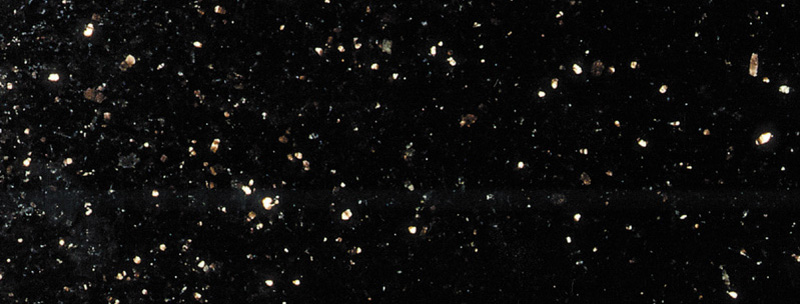Black Galaxy, the Star Granite from India


In the international panorama of countries extracting and processing stone, Italy occupies a very relevant position. A region which has always linked its name to the beauty and variety of excavated stone is Tuscany, a place from which come some of the most appreciated marbles, such as Cipollini, extracted in the Apuan Alps and in Garfagnana, with deposits quite limited in extension and production.
Basalt is the commercial name of a family of peculiar volcanic rocks, which takes place specifically in southern region of Brazil, in the States of Rio Grande do Sul and Santa Catarina. They are applied widely to civil construction in special respects of ornamental use, often for floor, wall, and pavement.
The boss's bellowing request "get me some plain black granite" may sound reasonable on the telephone. After all, there are few plain uniformly black limestones fit for an exterior facade; uniform black slate has not the strength specified; both tend not to be colourfast and need exacting fading tests because of their essentially carbonaceous or bituminous pigmentation.
The Inada Granite is a representative light grey natural stone of Japan for noble ornamental uses. This rock has been exploited since 1890 with stable supply up to the present. Most of Japanese traditional architectures are made up of wood, however, many modern buildings of this country adopt ornamental rocks applying to surface coating on their wall and pillar and to pavement of floor. Today, natural stones, especially granites and marbles, are dealt as noble construction materials even in the Far East of Asia.
Stone terminology is not exactly at the top of the agenda in the stone sector. However, standardization and globalization have increased awareness for communication needs and rapid change is now taken place in priorities.
Sandstone, as the name spells, is a rock formed of sand or quartz grains tightly pressed together and cemented by variety of materials like silica, iron, lime etc. The grain size, strength, kind of cementing material and compactness determine its density, permeability and the use. The colour of sandstone depends on cementing materials viz. ferruginous sandstone are red to brown, argillaceous are earthy to buff and generally white. Due to oxidation the ferruginous sandstone generally tend to change the colour from radish to brown buff, yellow and greenish.